The layout of a production line plays a crucial role in determining the efficiency and productivity of manufacturing processes. In the context of automatic paper cup machines, an optimized layout can significantly enhance operational performance, reduce waste, and improve overall output. This article explores the various impacts of production line layout on the efficiency of automatic paper cup machines, delving into key factors such as workflow, space utilization, and equipment arrangement.
Understanding Production Line Layout
Production line layout refers to the physical arrangement of machines, workstations, and equipment within a manufacturing facility. The objective is to create a seamless flow of materials and information that minimizes delays and maximizes productivity. Different types of layouts, such as product-based, process-based, and fixed-position, can be applied depending on the specific needs of the production process. For paper cup manufacturing, a well-thought-out layout is essential to accommodate various stages like material handling, forming, printing, and packaging.
The Importance of Workflow Optimization
One of the primary impacts of production line layout on machine efficiency is its influence on workflow optimization. A logical arrangement of machinery and stations can ensure a smooth flow of materials from one stage to the next. This minimizes unnecessary handling and transport time, which are critical in high-volume production environments. For example, placing the paper roll feeding station close to the cup forming machine reduces the time taken for operators to move materials, thus enhancing overall productivity.
Space Utilization and Efficiency
Effective space utilization is another significant factor influenced by production line layout. In many manufacturing facilities, especially those with limited floor space, optimizing the use of available area can lead to substantial efficiency gains. By analyzing the layout, manufacturers can identify underutilized areas and reconfigure them to accommodate additional machinery or storage solutions. In the case of paper cup machines, ensuring that there is adequate space for both machinery and personnel helps prevent bottlenecks and allows for smoother operations.
Equipment Arrangement and Its Impact
The arrangement of equipment directly affects both the speed and quality of production. Properly aligning machines in the order of operations reduces the distance materials must travel, thereby decreasing cycle times. For instance, if the cup forming machine is placed directly adjacent to the printing machine, it streamlines the process of applying designs to the cups. Furthermore, the layout should consider maintenance access to minimize downtime, allowing for quick repairs or adjustments without disrupting the entire production flow.
Flexibility and Scalability of the Layout
A flexible production line layout can adapt to changing production demands and facilitate scalability. In the paper cup industry, fluctuations in market demand may require manufacturers to adjust their output levels quickly. A modular layout, where machines can be easily reconfigured or added, allows for rapid responses to these changes. This adaptability not only enhances efficiency but also helps maintain product quality during transitions.
Integration of Technology in Layout Design
Incorporating technology into the design of production line layouts can further enhance efficiency. Automation, for example, can streamline repetitive tasks, allowing human operators to focus on more complex activities that require problem-solving skills. Additionally, advanced software tools can simulate different layout configurations, enabling manufacturers to visualize potential improvements before implementation. For automatic paper cup machines, integrating automated quality control systems within the layout ensures that any defects are identified and addressed promptly, thus maintaining high standards of production.
Continuous Improvement and Layout Assessment
Regular assessment and continuous improvement of production line layouts are vital for sustaining efficiency over time. Manufacturers should routinely analyze performance metrics and gather feedback from operators to identify areas for enhancement. Implementing lean manufacturing principles can aid in eliminating waste and optimizing processes. For automatic paper cup machinery, ongoing evaluations can reveal new opportunities for layout improvements that keep pace with evolving technologies and market demands.
Conclusion: The Significance of Optimal Layouts
In conclusion, the impact of production line layout on the efficiency of automatic paper cup machines is profound and multifaceted. An optimized layout enhances workflow, maximizes space utilization, and facilitates effective equipment arrangement while allowing for flexibility and technological integration. Continuous assessment and improvement of layouts ensure that manufacturers can adapt to changing demands and sustain high levels of productivity. Ultimately, investing in an efficient production line layout is essential for any company looking to thrive in the competitive paper cup industry.




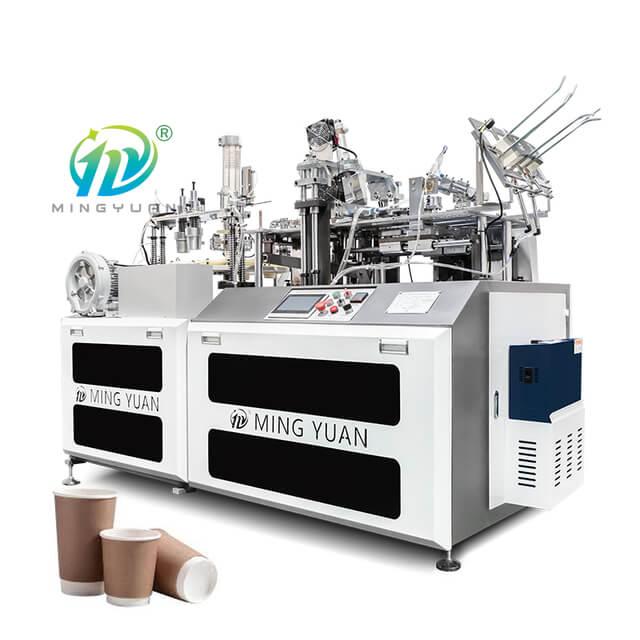
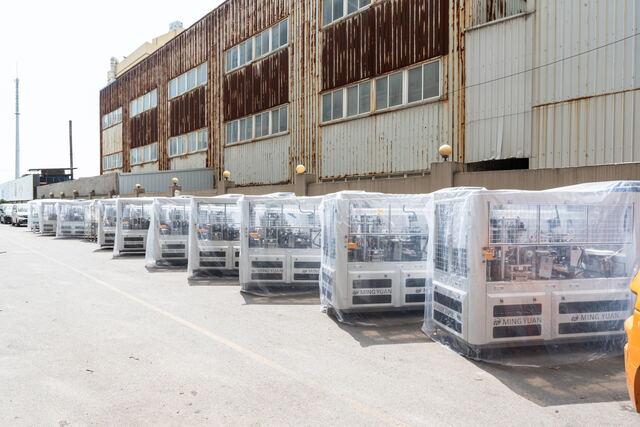
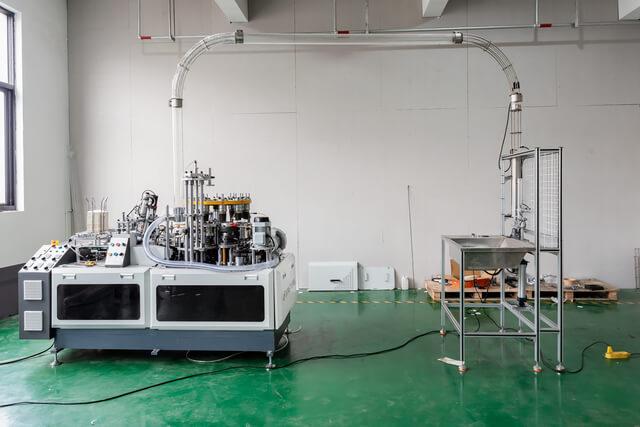
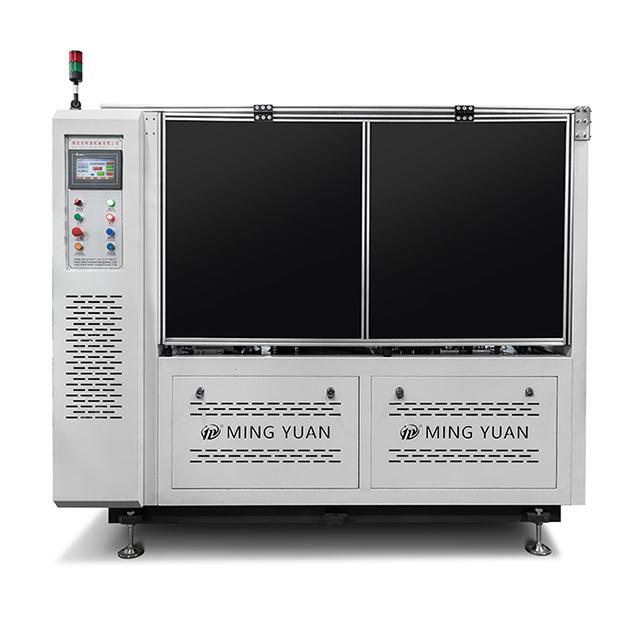
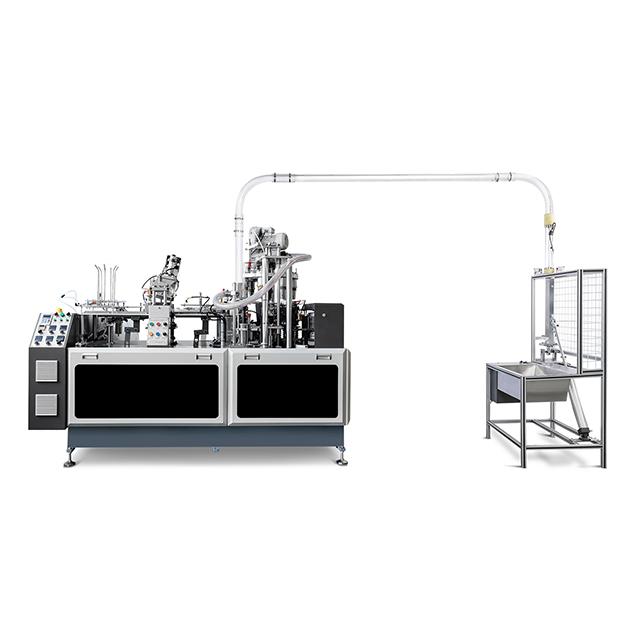
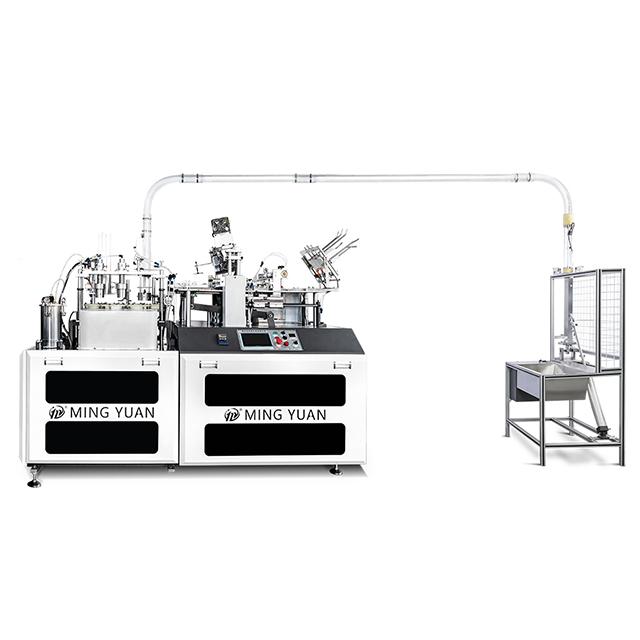
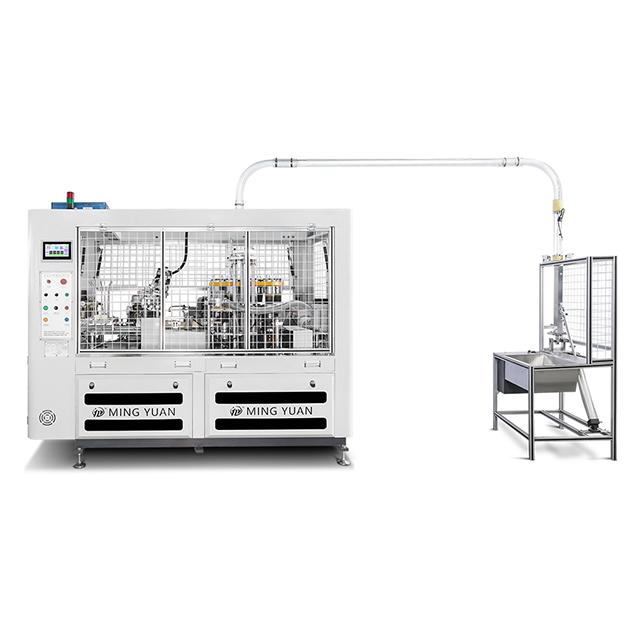
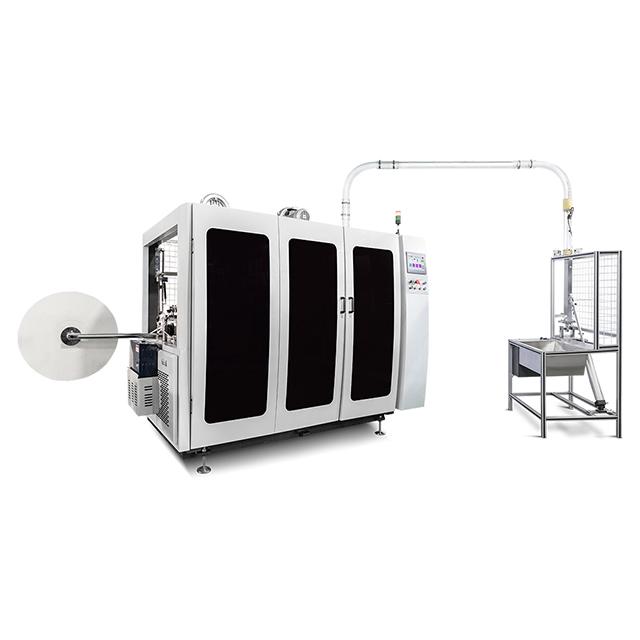
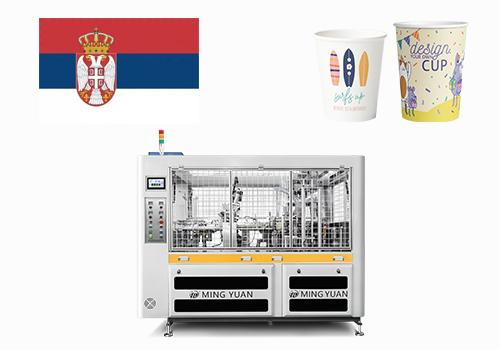
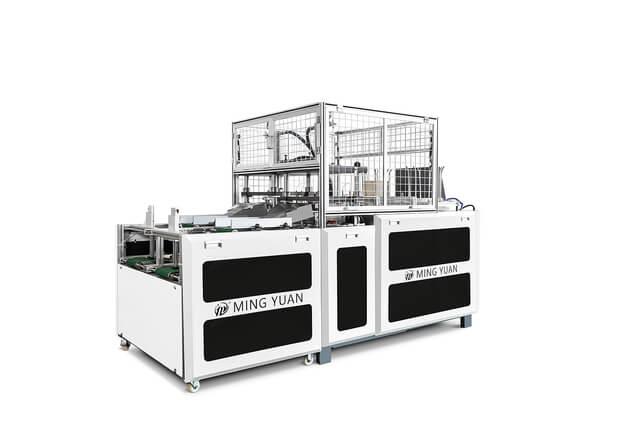
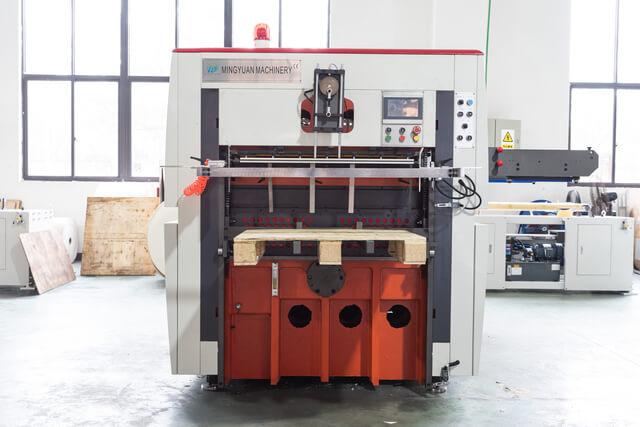

 Tel: +86-19057361870 / +86 577 65567060
Tel: +86-19057361870 / +86 577 65567060  Email: paperproductwholesaler@gmail.com
Email: paperproductwholesaler@gmail.com MP/WhatsApp: +86-19057361870
MP/WhatsApp: +86-19057361870 Manufacturer Address:No.1588, Huaming Road, Feiyun Street,Ruian City Zhejiang Province -325200 China
Manufacturer Address:No.1588, Huaming Road, Feiyun Street,Ruian City Zhejiang Province -325200 China




